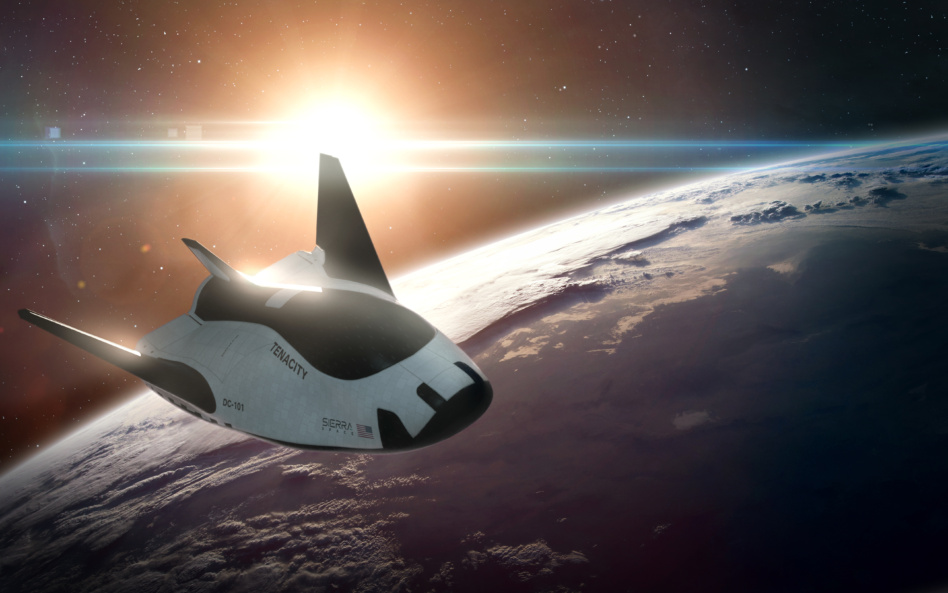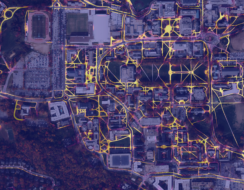Sierra Space turned on its Dream Chaser spaceplane for the first time Wednesday, checking off a major milestone before its first flight to the ISS, which is expected at the end of the year.
Dream Chaser 101
The autonomous spaceplane is designed to launch vertically atop a heavy-lift rocket, but land horizontally on a runway. The Dream Chaser is derived from the HL-20 spacecraft, a space shuttle replacement concept that NASA ultimately canceled.
- At 30 ft (9 m) long, the Dream Chaser is one-quarter the size of the space shuttle orbiter.
- The cargo bay can transport ~5,500 kg to the ISS
- Seven astronauts will be able to ride on board once it’s crew-rated.
Liftoff: In 2016, NASA awarded Sierra Space a large CRS contract to resupply the ISS. The company expects Dream Chaser to be ready to execute transports by the end of the year. However, any delays may come from its ride to orbit.
The spaceplane’s maiden voyage will be on ULA’s next-gen Vulcan rocket, which has yet to fly itself. Dream Chaser is set to fly on Vulcan’s second-ever launch, which will occur no earlier than December.
The good and the bad: Spaceplanes have a checkered history, including multiple shuttle accidents and enormous cost overruns. Consequently, NASA has preferred the more reliable capsule designs over the last decade. However, if efficiently executed, the spaceplane’s horizontal runway landing could provide significant cost and convenience benefits.




